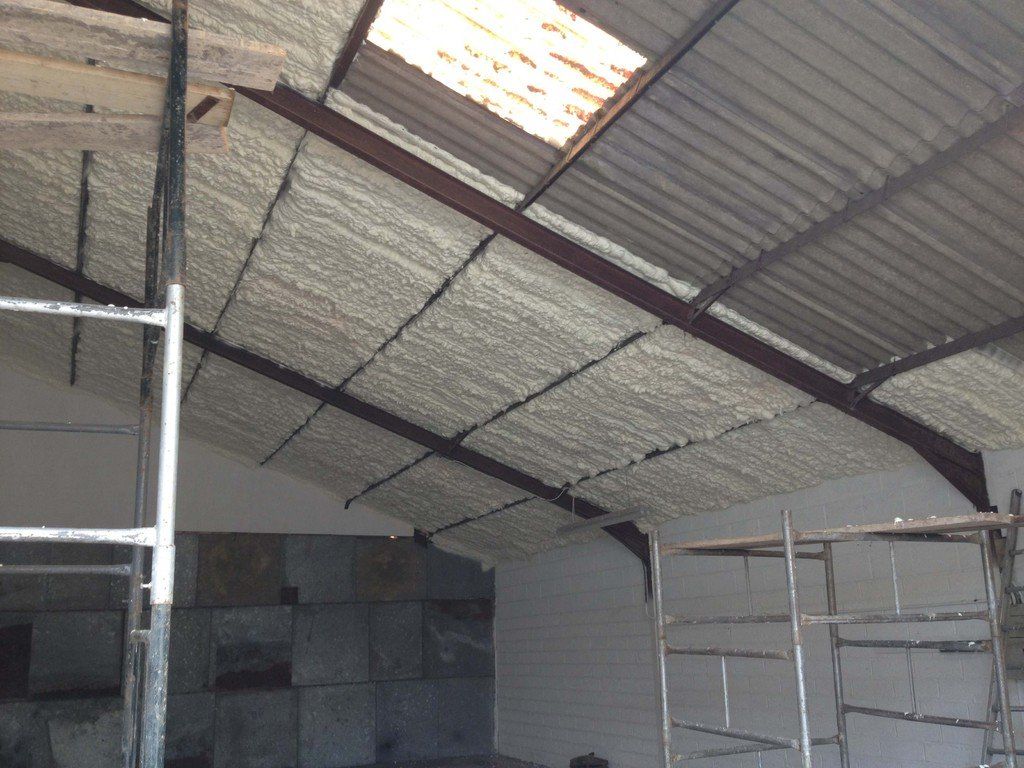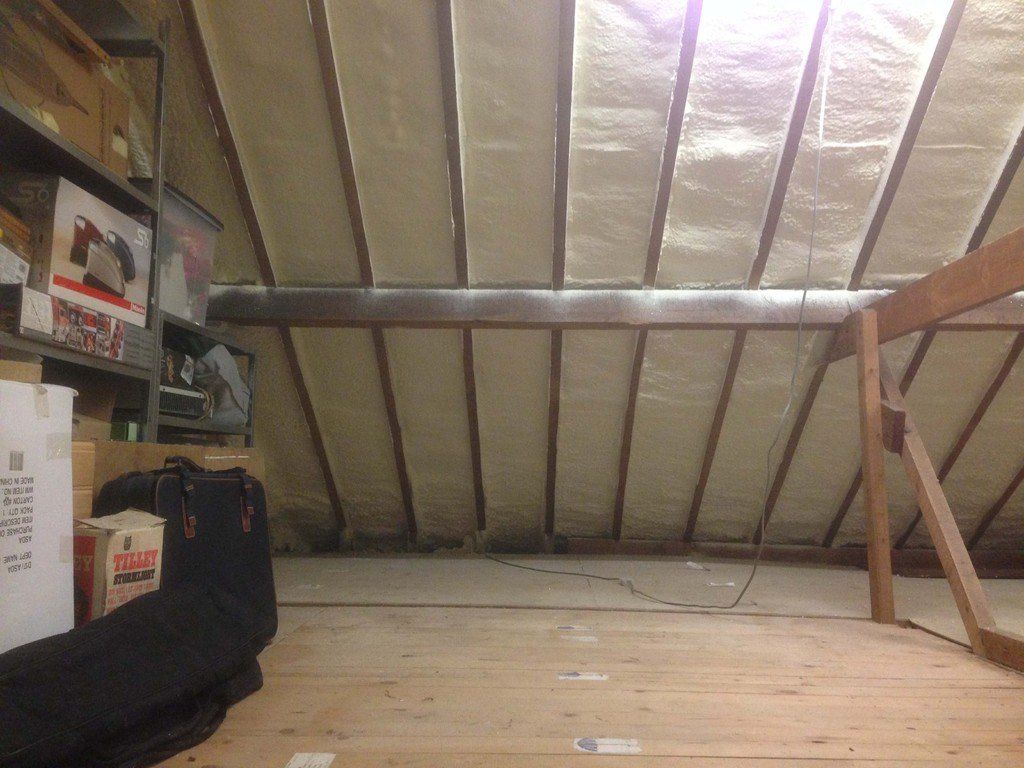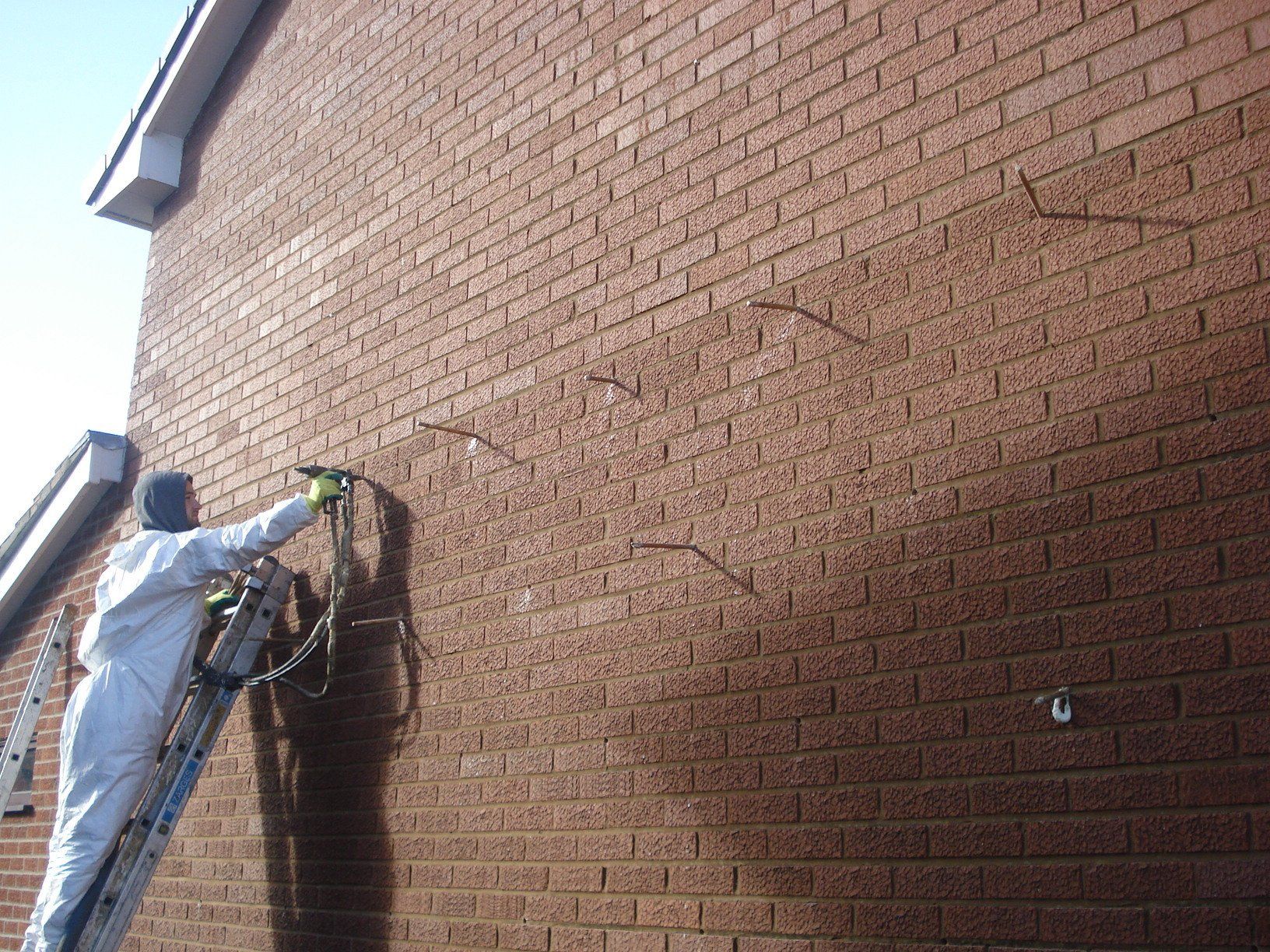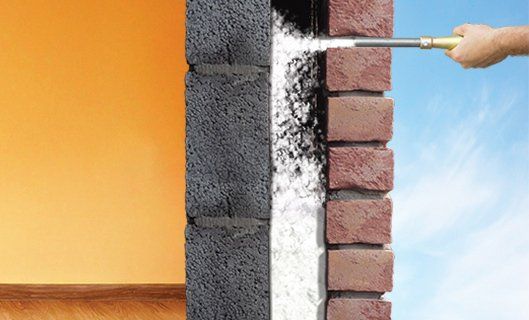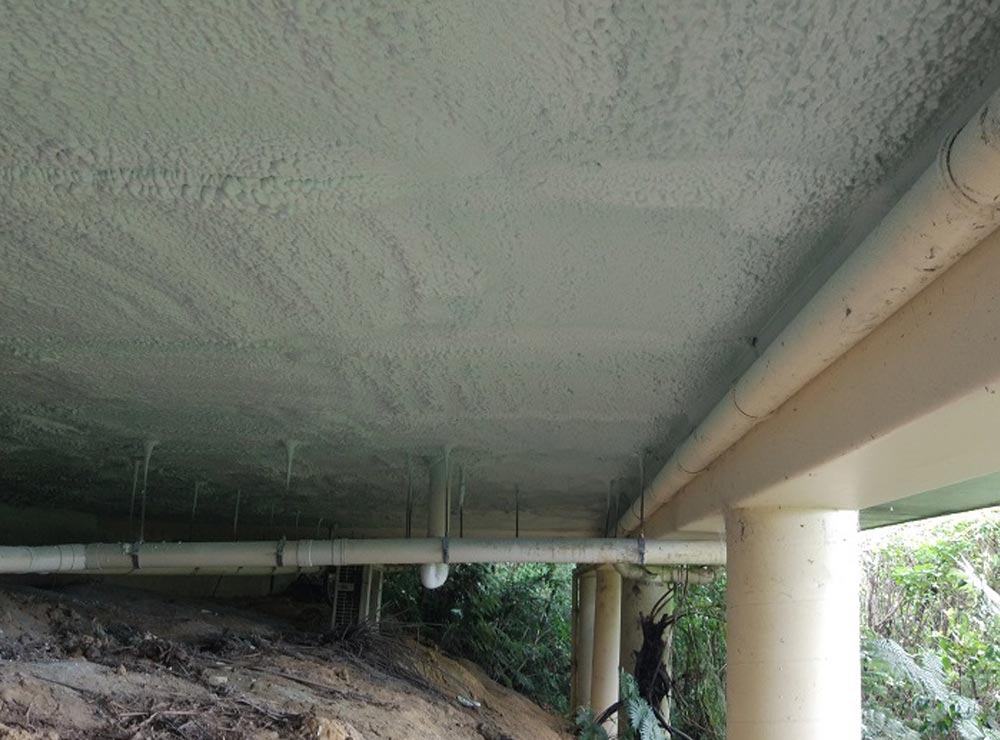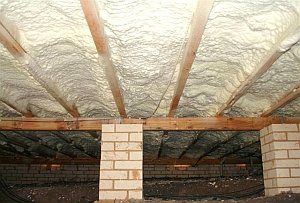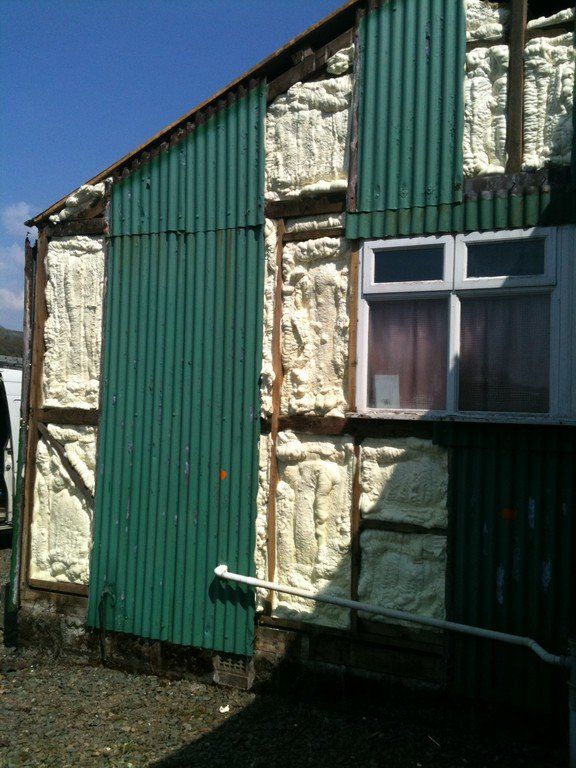Open Cell ICYNENE Spray Foam Insulation Agricultural Applications
Eliminate Condensation, Reduce Your Energy Costs by as much as 80%
Stud Wall
We’ve won more awards than we can count but we don’t let it go to our heads. We dedicate ourselves to every project.
Expert Team
Your project will be handled by experts every time. We make sure you have the most experienced professionals working for you.
Quality Guaranteed
You’ll find the support you need to make sure that things runs smoothly. We’re here to help you with any questions.
Agricultural Spray Foam Applications
Get in Touch
Farm Building Spray Foam Insulation
Eliminate Condensation, Reduce Your Energy Costs by as much as 80%
Agricultural ICYNENE Spray Foam Insulation Application
Thermal Breaks in Steel-Framed Structures
Common Problems:
- Without a thermal break, studs, rafters and trusses create thermal bridges, increasing heat flow between the interior and exterior.
- When the temperature of the stud is below dew point, moisture will condense on interior walls, leading to frost or mold.
Solutions:
- Apply ICYNENE® LD-C-50™ spray foam insulation as an exterior insulation material and a cavity wall insulation. The rule of thumb is to apply at least 25% of the overall insulation R-value outside the steel frame.
- Alternatively, fasten steel furring strips or top hat sections horizontally across the studs to which gypsum board or sheathing is fastened. Then install the spray foam insulation behind the studs. This strip can also replace the bridging that may be needed when using light gauge “C” section steel studs (see diagram).
- Also cover the inside surface of structural elements with spray foam insulation where possible. For example, use it on the underside of roof rafters in an unvented attic.
Results of Using Icynene:
- Increased energy efficiency
- Prevention of condensation, frost and mold
- Improved occupant comfort
Hard-to-Insulate Spaces
Common Problems:
- Designs or architectural features can pose insulation challenges because conventional insulation doesn’t fill unusual cavities.
- Fiberglass batting is standard-sized and must be cut, manipulated or compressed to fill unusual spaces (like around electrical boxes),
- reducing its rated R-value and sometimes requiring extra finishing materials.
- Steel framing consists of ''U'' and ''C'' sections, double studs and non-standard stud locations that make insulating a challenge.
Results of Using Icynene:
- Seamless air-seal and insulation achieved in a single step, even around unusual geometry
- Increased durability of the structure and consistent R value for the life of the building
- Minimized flow of airborne moisture and threat of condensation, especially against metal
- Flexibility of Icynene’s open-cell spray foam insulation to expand and contract along with the building structure, preventing delaminating and cracking over time

